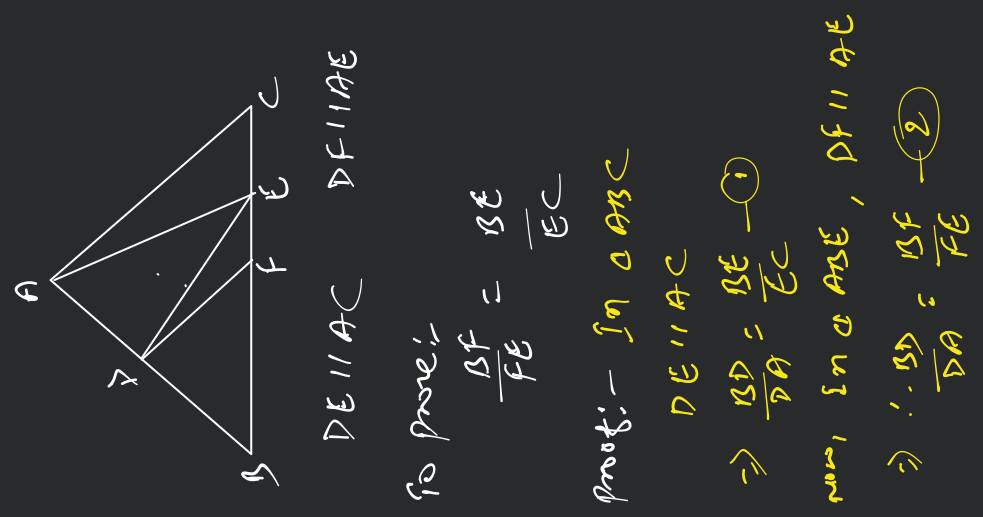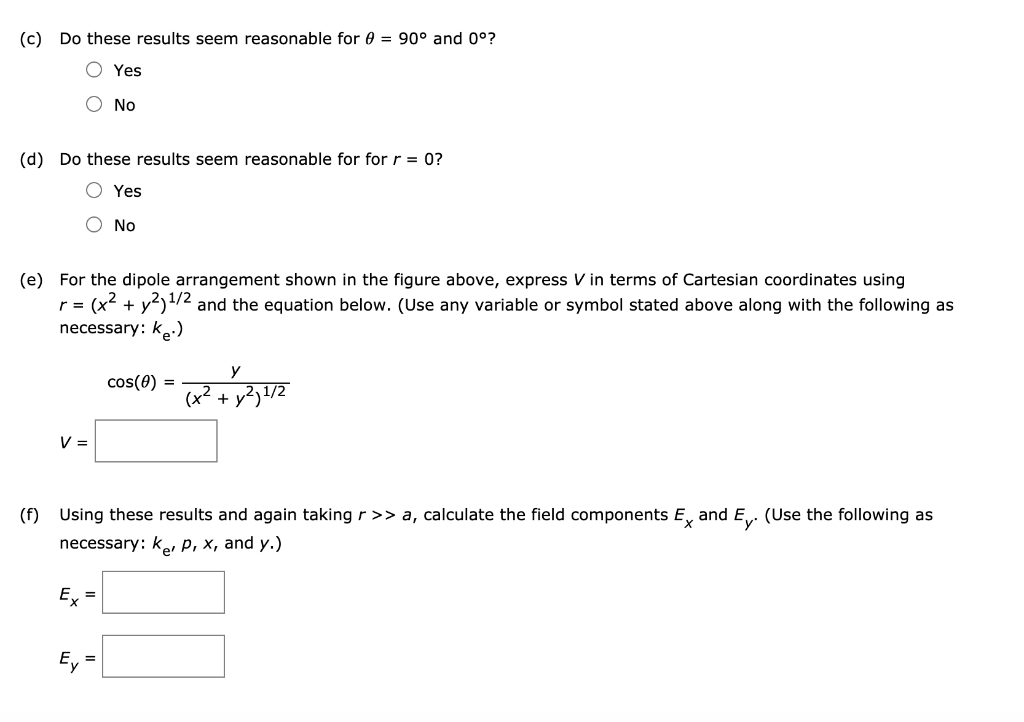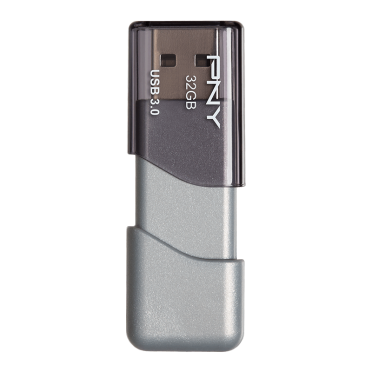E and F are points on the sides PQ and PR respectively of a △PQR

E and F are points on the sides PQ and PR respectively of a △PQR
Click here:point_up_2:to get an answer to your question :writing_hand:e and f are points on the sides pq and.
Click here👆to get an answer to your question ✍️ E and F are points on the sides PQ and PR respectively of a -PQR- For each of the following cases- state whether EF-QR -i- PE-3-9 cm- EQ-3 cm- PF-3-6 cm and FR-2-4 cm-ii- PE-4 cm- QE-4-5 cm- PF-8 cm and RF-9 cm-iii- PQ-1-28 cm- PR-2-56 cm- PE-0-18 cm and PF-0-36 cm.
E and F are two points on side PQ and PR in -x25B3-PQR-xA0-i- PE-3-9 cm- EQ-3 cm and PF-3-6 cm- FR-2-4 cmUsing Basic proportionality theorem-x2234-PEEQ-3-93-3930-1310-1-3-xA0-PFFR-3-62-4-3624-32-1-5PEEQ-x2260-PFFRSo- EF is not parallel to QR-ii- PE-4 cm- QE-4-5 cm- PF-8 cm- RF-9 cmUsing Basic proportionality theorem-x2234-PEQE-44-5-4045-89-xA0-PFRF-89PEQE-PFRFSo- EF is parallel to QR-iii- PQ-1-28 cm- PR-2-56 cm- PE-0-18 cm- PF-0-36 cm-xA0-Using Basic proportionality theorem-EQ-PQ-x2212-PE-1-28-x2212-0-18-1-10 cmFR-PR-x2212-PF-2-56-x2212-0-36-2-20 cmPEEQ-0-181-10-18110-955- -i-PEFR-0-362-20-36220-955 - -ii-x2234-PEEQ-PFFR-So- EF is parallel to QR-xA0

2. E and F are points on the sides PQ and PR respectively of a △PQR. For ..

In a ∆PQR,if PQ=QR and L,M and N are mid points of sides PQ,QR and RP respectively. Prove that LN=MN

E and F are points on the sides PQ and PR respectively of a ΔPQR For each of the - Maths - Triangles - 6295165
E and F are points on the sides PQ and PR respectively of a PQR - Sarthaks eConnect
In ΔPQR, the midpoints of the sides PQ, QR and PR are promptly A (−2,30), B (5, −1) and C (−4, −7) respectively. What are the resultant coordinates of P, Q and R? - Quora

Suppose E, F are the midpoints respectively of the oblique sides PS, QR of the trapezium PQRS. Prove that EF is parallel to SR and EF=PQ+RS2.

2. ( E ) and ( F ) are points on the sides ( P Q ) and ( P R ) respectively of a ( Delta P Q R ). For

In △PQR, E and F are points on the sides PQ and PR respectively. Verify EF

Suppose E, F are the midpoints respectively of the oblique sides PS, QR of the trapezium PQRS. Prove that EF is parallel to SR and EF=PQ+RS2.

Solved An electric dipole is located along the y-axis as

E and F are points on the sides PQ and PR respectively , of ∆PQR . for each of the following cases , verify

State if EF

E and F are points on the sides PQ and PR respectively of ΔPQR. For each of the following, state whether EF

E and F are points on the sides PQ and PR respectively of a ∆ PQR. For each of the following cases, state whether EF


